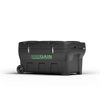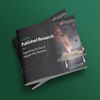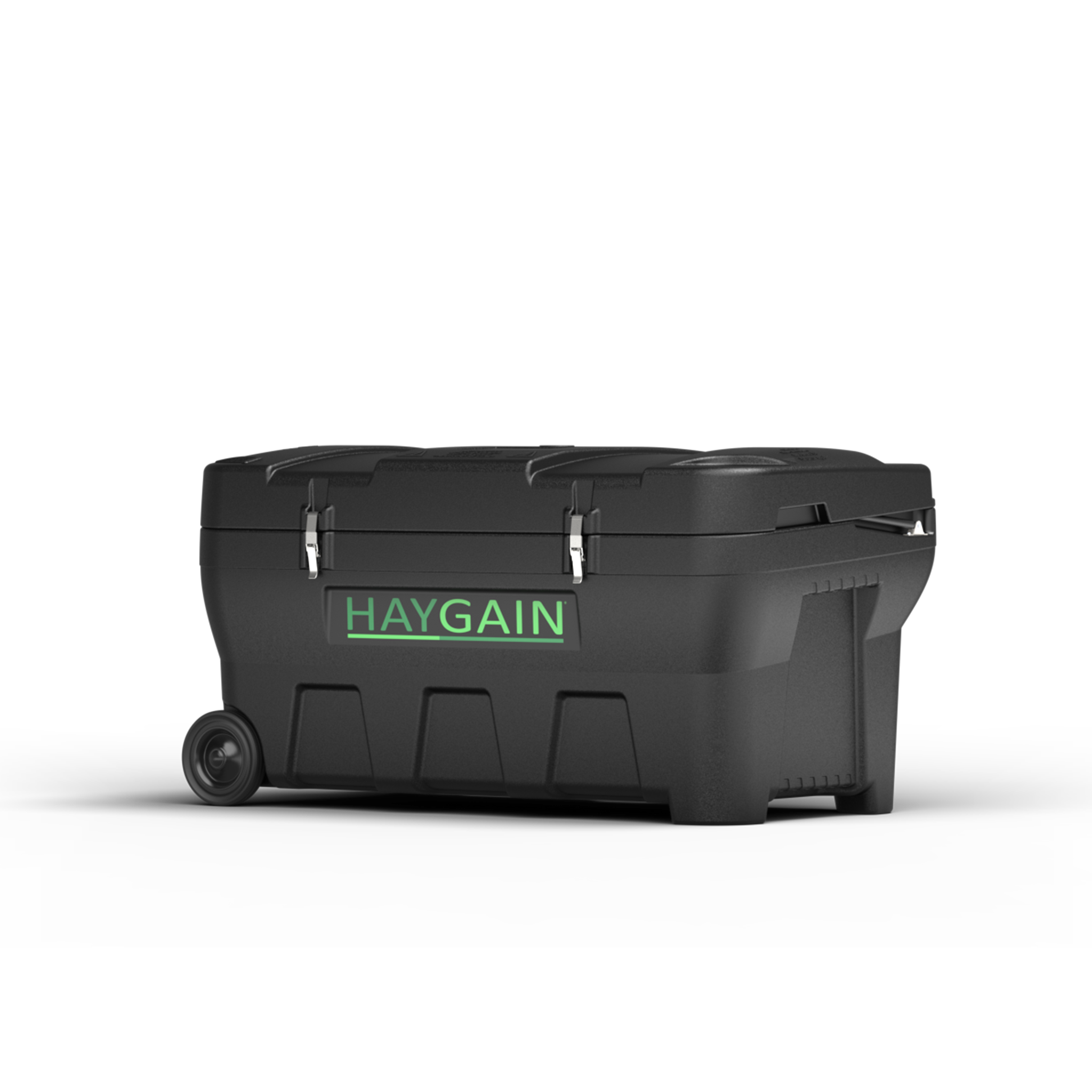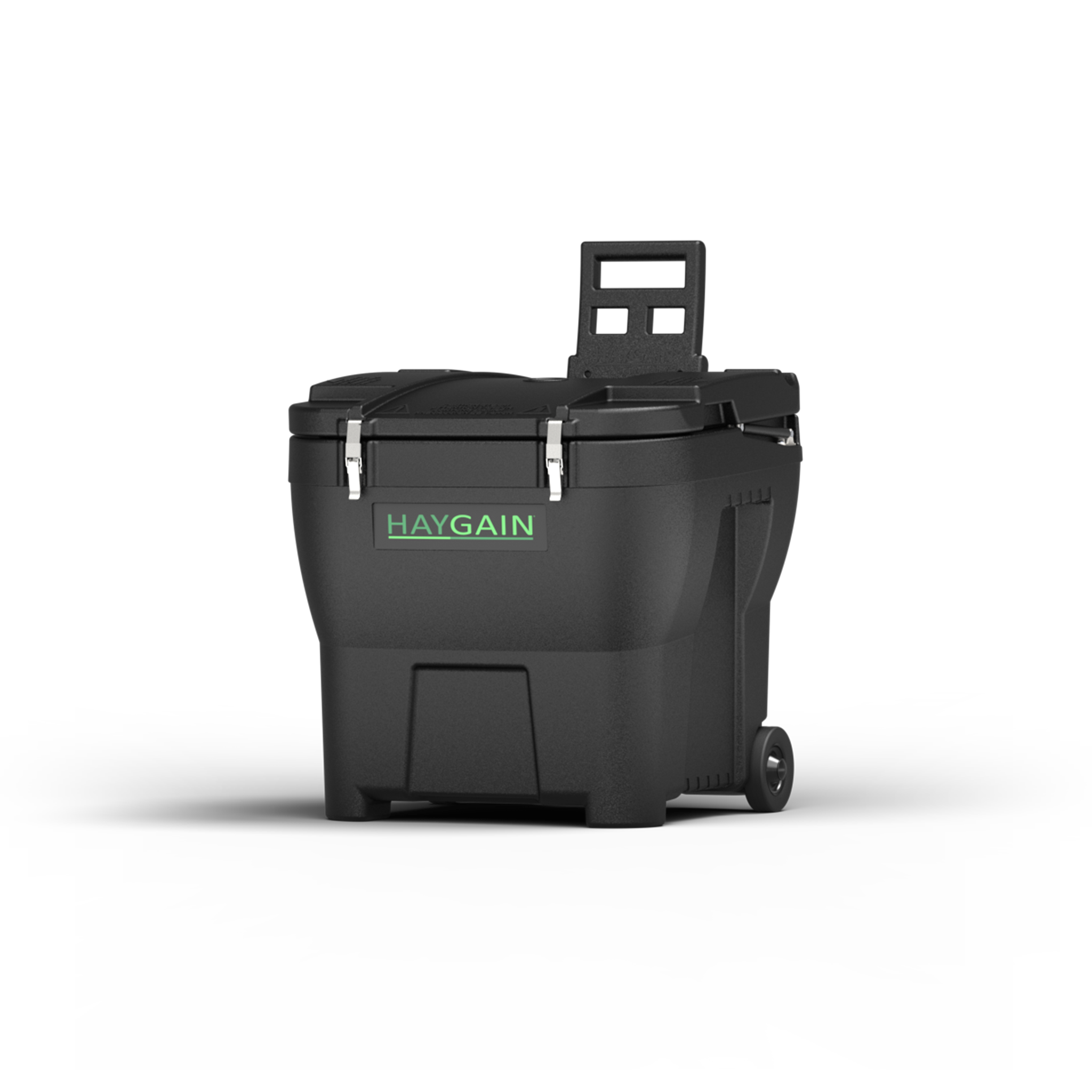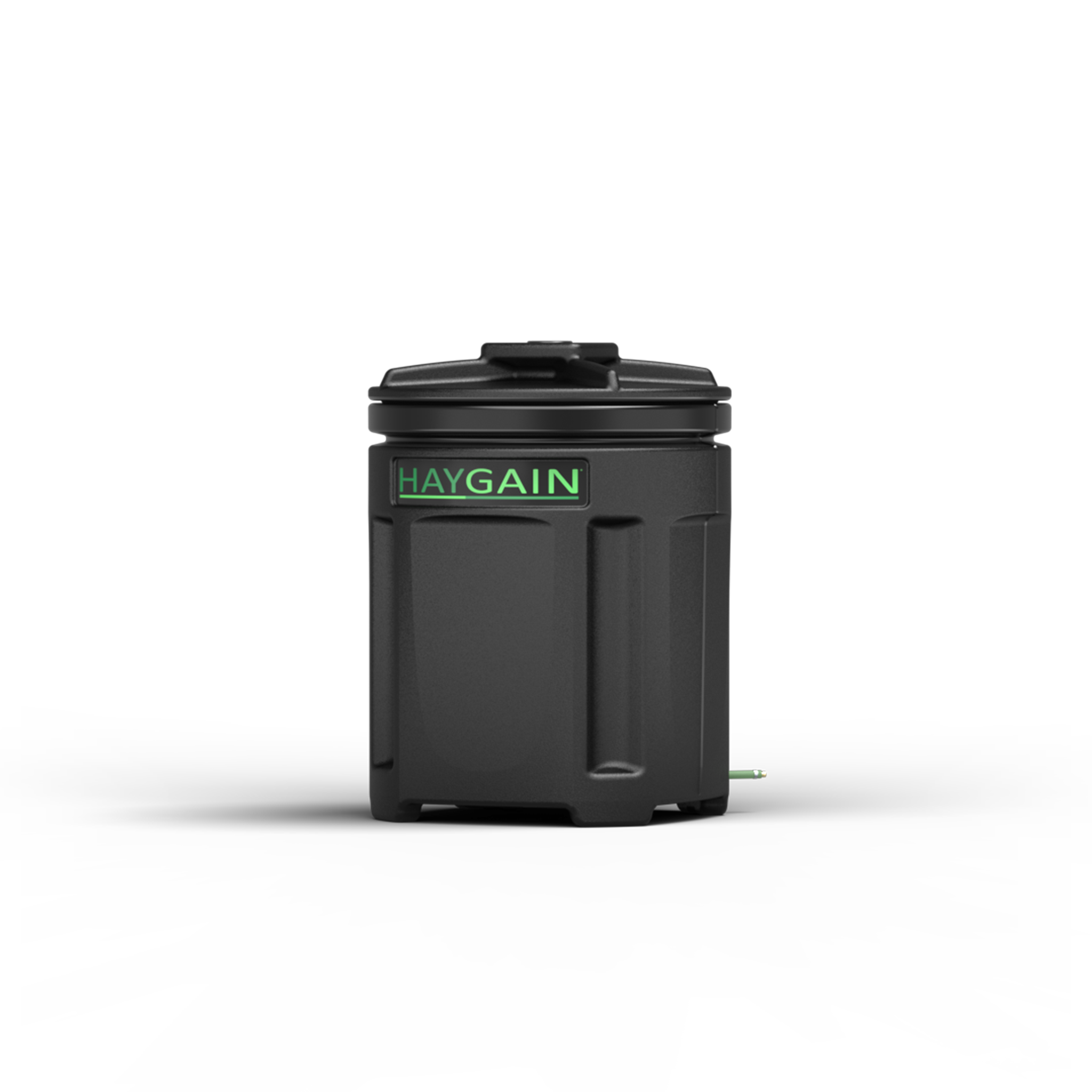Written by Sharon Smith MSc SEBC(Reg) IEng BHSAPC
Group turnout is mentally and physically stimulating and can improve the willingness of a horse to perform [1]. There is now overwhelming evidence that p ermanent individual stabling/housing causes chronic stress, manifested as both visible (stereotypical behaviour, hyper-reactivity) and invisible (hypo-reactivity, learned helplessness) behaviour. But, owners fear that group housing/turnout will result in serious physical injury. That is, indeed, a risk. Some observe their horse to be more stressed when allowed free contact with other horses, and they may be correct. In this blog we’ll be looking at how social behaviour influences our management decisions. Where is the balance, in domestic environments?
ermanent individual stabling/housing causes chronic stress, manifested as both visible (stereotypical behaviour, hyper-reactivity) and invisible (hypo-reactivity, learned helplessness) behaviour. But, owners fear that group housing/turnout will result in serious physical injury. That is, indeed, a risk. Some observe their horse to be more stressed when allowed free contact with other horses, and they may be correct. In this blog we’ll be looking at how social behaviour influences our management decisions. Where is the balance, in domestic environments?
Owners seem to be most concerned when they see:
- agonistic (threatening) and aggressive behaviours
- over-exuberant play.
Researchers use agonistic interaction to determine ‘dominance’. However, there is no constant struggle to be ‘top dog’ over the entire herd – it uses too much energy. There is no evidence for horses wanting to be in charge of decision-making when we interact with them, nor that our attempts to mimic body language is intrinsically understood [2]. Rather, ‘dominant’ is a label for which individual in a pair gains access to a limited resource on a set occasion. An individual may be more highly motivated for food, water, sex, space to rest, shelter, or friendship at any given point in time. Motivation differs for each resource, and so can dominance – depending upon the situation the researcher uses to assess it. The limitations we create within the environment are therefore highly influential on the amount of agonistic and aggressive interactions.

Play and ‘allo-grooming’ (mutual grooming) have been evaluated for ‘ethological need’ [3]. A ‘need’ is defined as any common, self-rewarding behaviour that has a ‘rebound’ effect, following a stressful period of denial or restriction. There was not enough evidence that play was a ‘need’. Perhaps because it too broadly defined in the study to encompass diffusing conflict (external), as well as internally driven play/exploration.
But mutual-grooming was found to be a ‘need’. In the absence of another horse, owners can also offer wither-scratches both on the ground and under saddle to reduce clinical signs of anxiety [4], although humans do not always allow it to be ‘mutual’. This tells us horses are more strongly driven to form close trusting friendships than play or fight. Work in semi-feral Konik horses suggests they do seem to associate most closely with others of the same sex and reproductive state, rather than age or whether they were related [5]. This is an encouraging result, when we consider the usual livery rules around keeping geldings and mares in separate groups. Close friendships can cause different challenges. A horse may try to chase off another if their pair-bond is seen interacting with them [3]. Intervention, by way of obstruction and body-blocking, has been observed with humans collecting a pair-bond from the paddock [6]. Separation anxiety between pair-bonds can be resolved through very careful training.

Even breeding stallions have been successfully turned out in a large group of nine, which was widely reported at the time of publication [7]. The initial care taken in achieving a successful outcome was less well reported. Prior to the turnout experiment, the stallions were individually housed in adjacent pairs for 14 days. The stable construction allowed mutual grooming. The stallions also worked together in harness and hind shoes were removed. Care was taken to ensure there was little competition for food or shelter, and ample forage was provided in winter. The stallions were not within sight of mares from their field and arguably the space provided for each stallion was more generous than in most domestic environments (1.1 acre per stallion), but still a tenth of that for the semi-feral Konik herd [5].
From a practical point of view owners can use what we know about herd dynamics to improve welfare and reduce stress:
- Successful group housing depends on minimal competition for resources. Provide plentiful forage sources (1 ‘pile’ of loose hay per horse), watering points, same-sex companions, space / ability to move away, and shelter. Arguably, a stable herd requires less space than a new social group, and a facility to temporarily ‘hide’ behind a structure may substitute for space/distance.
- After a quarantine period for biosecurity, allow new horses to experience the herd by sight and touch for a few days with a safe barrier between them and/or by working/travelling or hacking out together. There will be fewer agonistic interactions when both sides can stand next to each-other in a relaxed manner.
- Horses use sight and smell to recognise each-other, so consider the impact of rugs carefully. While they may be protective, they are also a barrier to social bonds [3] and can also cause the new horse to appear ‘new’ again, after the rug is removed or changed.
-
Monitor the new horse as much as possible when introduced to the herd. If there is still a high degree of ‘horseplay’ and chasing after 48 hours it may be necessary to reconsider. Check the coat for evidence of laying down/sleep during the first week. It may take several months for a new herd to settle food priorities. Previously socialised horses will settle more quickly than those that have lived an isolated life since weaning [7].
- Just because a horse hasn’t successfully integrated with one herd, doesn’t mean they can’t integrate with a different group. A small environment change can make all the difference.
- Removing a horse for a hack or schooling session impacts on the herd. Social bonds will start to be adjusted immediately, and be readjusted on the missing horse’s return. Frequent coming-and-going may result in an unsettled group.
- Consider herd behaviour, even if your horse has to be stabled. Ensure friendly neighbours and provide the opportunity for them to touch, or preferably mutually groom over partitions.
- Horses need mutual grooming. Scratch, rather than pat/slap, your horse’s neck or shoulder under saddle. On the ground, they will ‘ask’ to groom you by turning and lowering their head in a slow and deliberate way – very different from a hasty nip. Watch how they ask each-other.
- Spend undemanding time with your horse. Allow them to stand close to you, pluck grass next to your foot, whisk the flies away from them while they rest – and take it as a complement when they whisk you back with their tail!
- A horse that will relax enough to rest or lay down in your sole presence is confident you will not harm them. This is a much more honest reflection of the partnership than if you train them, or force them, to lie down or stand still when you want them to. Repay the complement by quietly standing close-by, but not touching if they are sleeping. Make it obvious when you leave, so they know they are on their own again. These small things build a true bond.
- If your presence suggests access to a limited resource, such as treats, squabbles may break out between your horse and others. Things will quieten down again after you leave, and can be resolved by not carrying tasty food/treats into the field or feeding meals by the gate.
The social behaviour and social network of horses is a complicated picture and I recommend the reader review the links provided for more detail. Most are available in full online.

[1] Werhahn, H., Hessel, E. F., & Van den Weghe, H. F. (2012). Competition horses housed in single stalls (II): effects of free exercise on the behavior in the stable, the behavior during training, and the degree of stress. Journal of Equine Veterinary Science, 32(1), 22-31. Link:
https://goedoc.uni-goettingen.de/bitstream/handle/1/7076/JEVS-D-11-00047%20GöScholar.pdf?sequence=1
[2] Henshall, C., & McGreevy, P. D. (2014). The role of ethology in round pen horse training—A review. Applied Animal Behaviour Science, 155, 1-11.
[3] VanDierendonck, M. C., & Spruijt, B. M. (2012). Coping in groups of domestic horses–Review from a social and neurobiological perspective. Applied animal behaviour science, 138(3), 194-202. Link: https://www.paardenwelzijnscheck.nl/app/webroot/files/ckeditor_files/files/Gezondheid%20en%20gedrag/VanDierendonck%20%26%20Spruijt%20(2012)%20Coping%20in%20groups%20of%20domestic%20horses%20-%20Review%20from%20a%20social%20and%20neurobiological%20perspective.pdf
[4] Thorbergson, Z. W., Nielsen, S. G., Beaulieu, R. J., & Doyle, R. E. (2016). Physiological and behavioral responses of horses to wither scratching and patting the neck when under saddle. Journal of Applied Animal Welfare Science, 19(3), 245-259.
[5] Bouskila, A., Lourie, E., Sommer, S., de Vries, H., Hermans, Z. M., & van Dierendonck, M. (2015). Similarity in sex and reproductive state, but not relatedness, influence the strength of association in the social network of feral horses in the Blauwe Kamer Nature Reserve. Israel Journal of Ecology & Evolution, 61(2), 106-113. Link: https://s3.amazonaws.com/academia.edu.documents/44706809/Bouskila_et_al._2016_Similarity_in_sex_and_reproductive_state_influence_association_strength_in_social_network_of_horses.pdf?AWSAccessKeyId=AKIAIWOWYYGZ2Y53UL3A&Expires=1514918584&Signature=kf13mULNReoGLXkzdn1dJjysRsM%3D&response-content-disposition=inline%3B%20filename%3DSimilarity_in_sex_and_reproductive_state.pdf
[6] Smith, S. unpublished observation.
[7] Briefer Freymond, S., Briefer, E. F., Niederhäusern, R. V., & Bachmann, I. (2013). Pattern of Social Interactions after Group Integration: A Possibility to Keep Stallions. Link:



